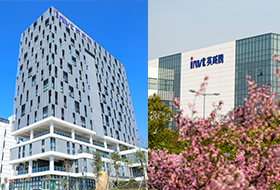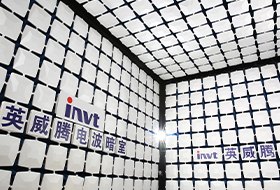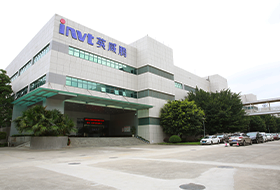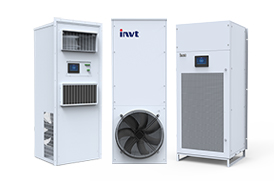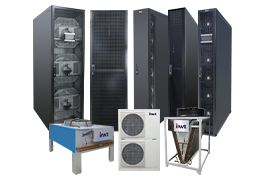The role of data center infrastructure management systems
The role of a data center infrastructure management (DCIM) system is to centrally manage and optimize data center operations, improving energy efficiency and cost-effectiveness. It provides a comprehensive solution for the efficient operation of data centers, thereby helping data centers achieve higher operating efficiency and lower energy consumption.
The core functions of the DCIM system include asset management, environmental monitoring, energy analysis and usage tracking. These functions work together at all levels of the data center to ensure that the data center can operate stably and efficiently. The following are several key functions of the DCIM system:
Centralized management:
The deployment of the DCIM system requires cross-functional cooperation. It integrates the functions of IT and building operations, allowing data center managers to coordinate the work between different departments more effectively, thereby improving overall management efficiency. By maintaining a detailed device database, the DCIM system can record the brand, model, size, power consumption and other information of the device, support intelligent search and automatic deployment, and significantly reduce the workload of planning and deployment.
Real-time monitoring and alarming:
The DCIM system can monitor key parameters such as temperature, humidity, and power consumption of the data center in real-time to ensure that all indicators are within a safe range. It collects information through automated monitoring and helps administrators adjust strategies in a timely manner to prevent potential problems. Leveraging data analysis and visualization tools, DCIM can help predict and prevent possible failures, thereby reducing the risk of unplanned downtime and maintaining high availability of the data center.
Energy efficiency optimization:
The data provided by the DCIM system helps data center operators understand and analyze energy consumption patterns, identify the sources of energy waste, and implement more effective energy management measures. By optimizing equipment layout and energy usage, DCIM helps improve the overall energy efficiency of the data center, lower PUE values, and reduce environmental impact.
Cost Control:
DCIM helps reduce overall data center operating costs by improving energy efficiency and resource utilization, as well as reducing repair and downtime costs due to failures. Although the initial investment may be large, the DCIM system can bring significant return on investment to enterprises through long-term operational efficiency improvements and cost savings.
Data-driven decision-making:
By collecting and analyzing large amounts of data, DCIM systems provide insights that can help decision-makers make more precise, data-based decisions to optimize data center configuration and performance.
Through the above-detailed analysis, it can be seen that the DCIM system has brought transformational changes to modern data centers, not only improving operational efficiency, but also greatly improving energy utilization and cost-effectiveness. With the further development of technology, DCIM systems are expected to play a more important role in future data center management.

 networkpowersales@invt.com.cn
networkpowersales@invt.com.cn
